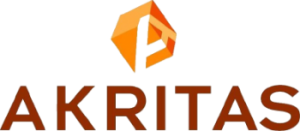Melamine
Melamine is a popular plastic material for every modern cabinet builder, which can either be used to laminate a deisgn onto substrates like plywood or particleboard or can be used in building kitchen cabinets more specifically when integrated with MDF or Particle Board, which are made from wood chips to form HPL or TFL.
Uses Of Melamine
Melamine is not only used in building woodworks like shelves and cabinets but is the same resin that is applied in Formica and other laminated countertops found in the kitchen.
Melamine is also widely used in the construction of floor tiles. Melamine tile floors are, in fact, more glossy, resistant to scratch, less prone to staining, and easier to clean. Most importantly, they’re relatively more cost-effective than porcelain or stone.
Due to the glossy nature of melamine encased boards and its ability to resist surface scratches, melamine makes an excellent material for producing whiteboards.
Advantages Of Melamine Wood
- Engineered products from Melamine are typically less expensive and have proven to be as reliable as possible.
- Melamine boards feature a uniform surface that is quite durable and resistant to scratch, stain, heat, and fire.
- The typical Melamine surface is waterproof and hence can be cleaned up with soap and water.
- It offers a smooth finish that is ready to use without much construction waste.
Disadvantages Of Melamine Board
- Melamine board tends to bend and warp more easily when it comes under pressure from heavier loads.
- Melamine material is typically heavy due to its composite nature.












